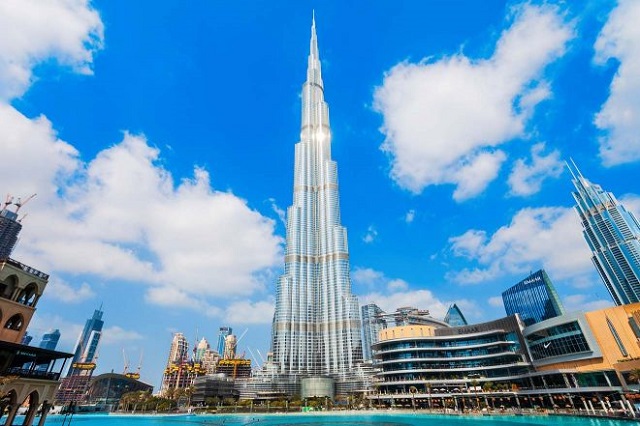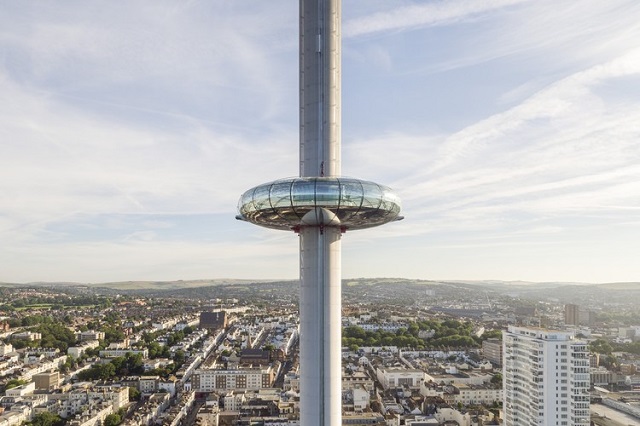While innovation advances, we see an increase in the number of very sophisticated structures and constructions being built around the globe. Including these structures, a fresh batch of requirements for their inner mechanisms emerges, especially the critical issue of climate management.
So let’s look at some of the different climate management systems used in modern facilities throughout the nation.
Keeping it cool inside Burj Khalifa
The Burj Khalifa is the globe’s highest skyscraper, with a typical summer temperature of 41°C. The skyscraper is a true technological marvel, and keeping it cool is a complex effort in itself, much less when the external temperature is so high. So, how exactly do they manage to do it?

A variety of factors play a role in the approach. The structure is cooled primarily using ice-cold water, which three plants provide. The main pumping station develops an icy mixture all through off times, making the water cold than a cooler can handle. This icy water travels across the building in a network of pipes to three distinct heating systems. The cold water is returned to the main pumping station after cooling the air for the air conditioning machine to use.
This method is advantageous since it is environmentally friendly because it enables the building to save energy while also reducing the ground required for cooling systems.
In addition, there are preventive standards in place. The building additionally features four air-cooled coolers as a standby to serve the network infrastructure if necessary.
Warmth in Amazon’s Seattle Offices
Amazon’s Seattle headquarters are warmed by catching the hot air created by its server facilities which is a fantastic technique to re-use trash for a critical reason!
The most remarkable thing is that Amazon does not own these facilities. The warmth comes from the Westin Hotel, which is right down the road from their headquarters. It’s a win-win situation for Amazon and Westin, as it saves energy while also providing a long-term solution for excess heat management.
The hot water is sent from the facilities to an Amazon-owned power station, processed into heat-recovering cooling towers. The hot water is then utilized to warm the office, while the present water is returned to Westin to assist cool their facilities.

Use of sustainable resources in British Airways i360
The 450-foot British Airways i360, the world’s largest movable viewing platform, poses an innovative climate change issue centered in Brighton. It includes a variety of services in a 360-degree scenic display from its shifting 94-ton capsule.
The Daikin VRV IV system placed within the tower uses sustainable resources to operate the tower’s heat. Thermal restoration airflow systems pump a steady flow of clean air throughout the structure, minimizing the strain on every air conditioning system that must equalize the inside temperature with a drastically differing outdoor temperature.
The future of innovative buildings
As structures become more complicated, our climate management technologies must evolve to keep up. On several aspects, the world’s largest and most popular infrastructure project is a massive operation. The world’s architecture will only become more complicated; thus, it will be fascinating to observe how needs like heating and cooling are met in such complexes.
